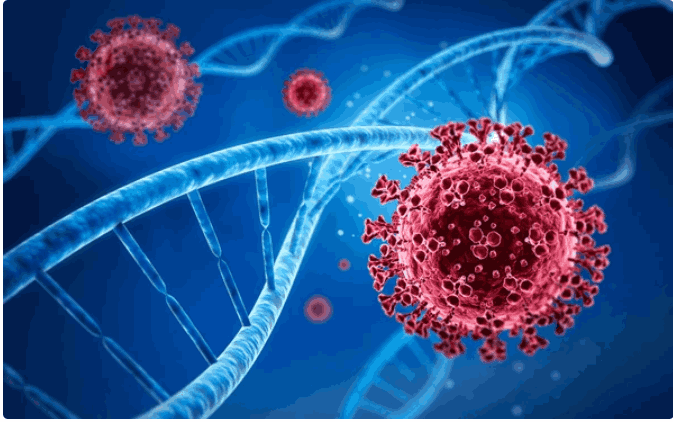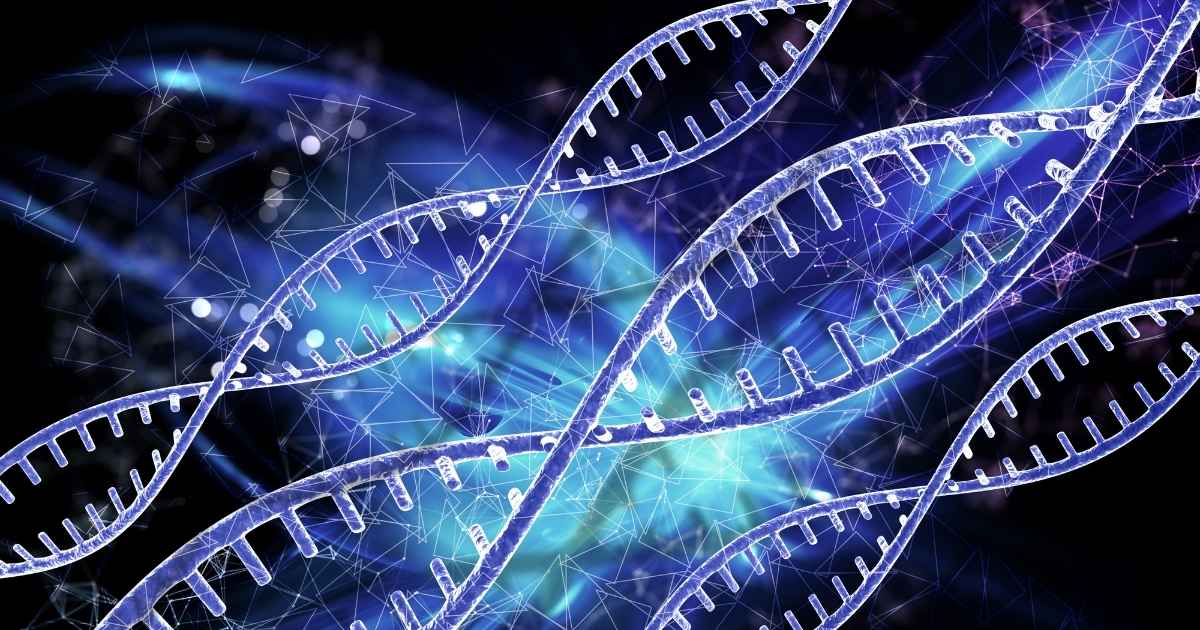Aakriti Sharma
Identification of the entire genetic makeup of an organism has proven significance in genetic engineering. The technique has been widely used in research spaces and medical settings for numerous purposes. The genetic sequence is unique for each individual making it a critical aspect in analysing the whole genetic makeup more precisely, thus driving healthcare specialists more towards personalised treatment approaches for genetic or other chronic diseases. Whole genome sequencing technique has been widely used in research laboratories for devising novel strategic approaches in treatment of various fatal diseases. The study and sequencing of genetic sequences has also aided in analysing disease specific genetic alterations that serves the purpose of identifying an individual’s susceptibility to a disease. Various genomic aberrations include inversion, amplification, translocation and deletion.
The technique delves into the molecular level of an organisms’ genetic makeup more specifically DNA. Several methods for sequencing have been studied till date, the Next gen sequencing being the most preferred one among the researchers. The NGS technique is used to determine the order in which the nucleotides are present in a specific genome or targeted regions of DNA or RNA. A typical workflow of NGS includes preparation of the library, followed by sequencing and finally data analysis. The massive parallel sequencing proves to be the remarkable part of the workflow allowing a massive number of DNA fragments to be sequenced simultaneously. This sequencing technology is widely known for its ultra-high throughput, speed and scalability. The technique gains an edge over other traditional sequencing techniques due to its increased efficiency in time and cost factors.

Other sequencing techniques include Sanger Sequencing and Shot gun sequencing. Sanger sequencing is also known as the dideoxy chain termination method utilising the differentially labelled fluorescent dideoxy nucleotides as the chain terminators in the process. The Shotgun sequencing method utilises fragmentation to isolate multiple copies of chromosomal DNA of interest and eventually screen them using computed algorithms. The process is so-called based on the analogy with the rapidly expanding quasi-random firing pattern of the shotgun. The key factor driving the process of Shotgun sequencing is that chromosomal fragments of the same chromosomal portions will have overlapping segments which can be easily sequenced and analysed. This emphasizes the process of redundant fragmentation and sequencing of the target DNA respectively. Computed algorithms then utilise the overlapping ends of the different reads to assemble them into a continuous sequence. This sequencing technology was one of the precursor technologies that were responsible for enabling full genome sequencing. Another uncommon sequencing approach known as Hierarchical or Top-down sequencing, wherein a low-resolution physical map of the genome is made prior to actual sequencing. Such a map paves way for sequencing a particular minimal number of fragments covering the entire chromosomes, thus minimizing the amount of high-throughput sequencing and assembly.
Dedicated sequencing-based historic studies, targeting healthcare, have earmarked the promising future that the whole genome sequencing technology holds. With a major breakthrough in cancer treatment by Ley et al. in 2008, the first whole genome sequence of an acute myeloid leukaemia sample was presented, thus demonstrating the possibility of identification of disease-associated mutations and druggable targets. This very year also marked the success of two studies based on non-invasive prenatal genetic tests for a variety of traits that resulted in successful detection of the most common autosomal aneuploidies through massive parallel sequencing of maternal plasma DNA. With the advancements in sequencing technologies also emerged the need for advancing the computational tools that took place by 2009. Accommodating the requisites of transcriptomics, metagenomics or discovering genetic variant, Bowtie, TopHat splice-aware aligner or BWA tools came into existence for aligning millions of short reads along with SAMtools and BreakDancer software for downstream analysis.
The sequencing techniques have significantly contributed in revolutionising clinical care which is one of the most vital implementations of Whole Genome Sequencing. The recent COVID-19 outbreak was one such implementation where the sequencing technology proved to be a compelling event. The critical underlying factors were determined on the basis of this technology further helping in proposing effective treatment strategies for the massive outbreak. More such life transforming molecular genetic diagnosis is the dire necessity of the current global healthcare affairs, for the ever-evolving scenarios of disease outbreaks never fail to astonish humankind. However, there does exist the implementation of WGS in exploring successful treatment alternatives for the persistent fatal disorders like Cancer, but a lot more is yet to be prospected. The concept of genome sequencing still remains the most abstracted area amongst the researchers. With it also comes the future of therapeutic intervention with a dedicated approach on personalizing the treatment alternatives based on an individual’s inimitable genomic design. Such strategies are going to foster highly reliable and competent approaches in healthcare sectors thus leading to a promising future not just in medical but also in agricultural practices wherein plants and livestock can also benefit.
Authors Biography
Aakriti Sharma, an aspiring Biotechnologist from Delhi, India. She is a Postgraduate in Biotechnology

